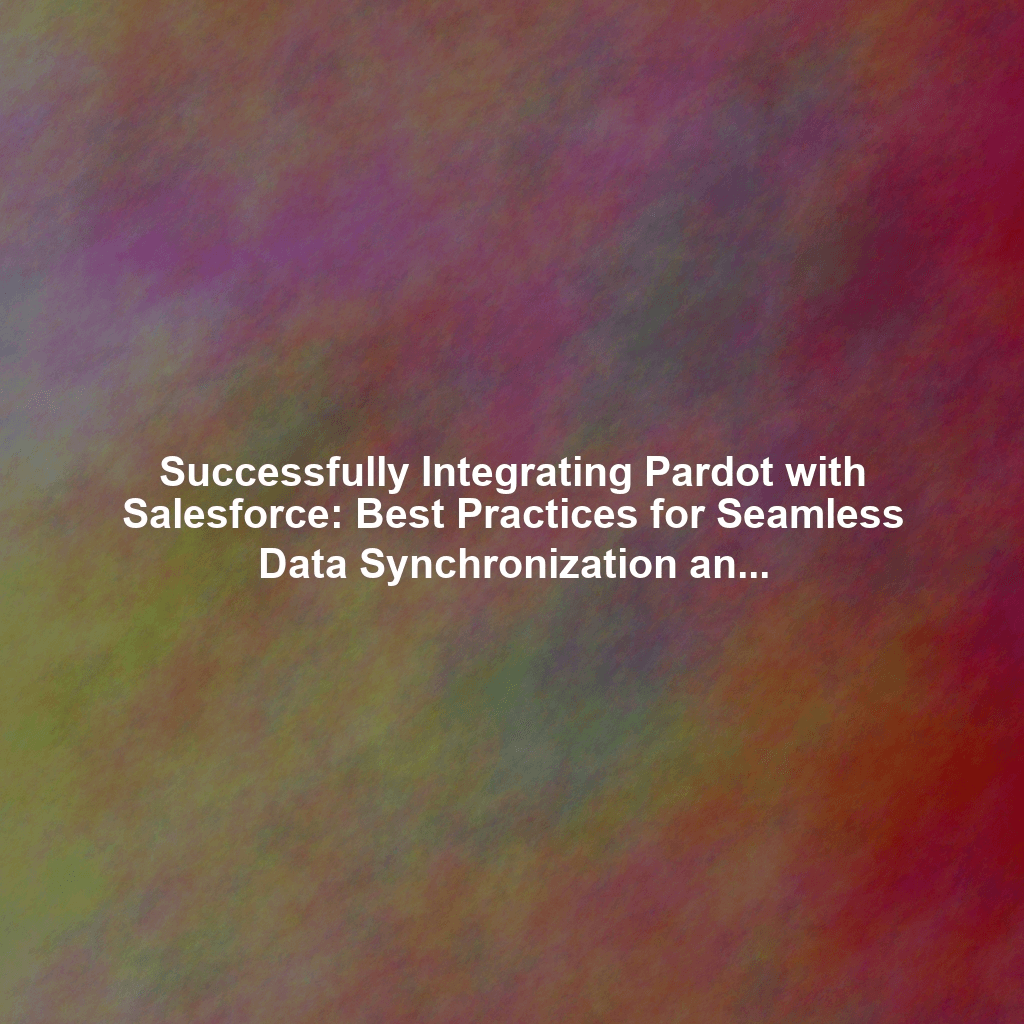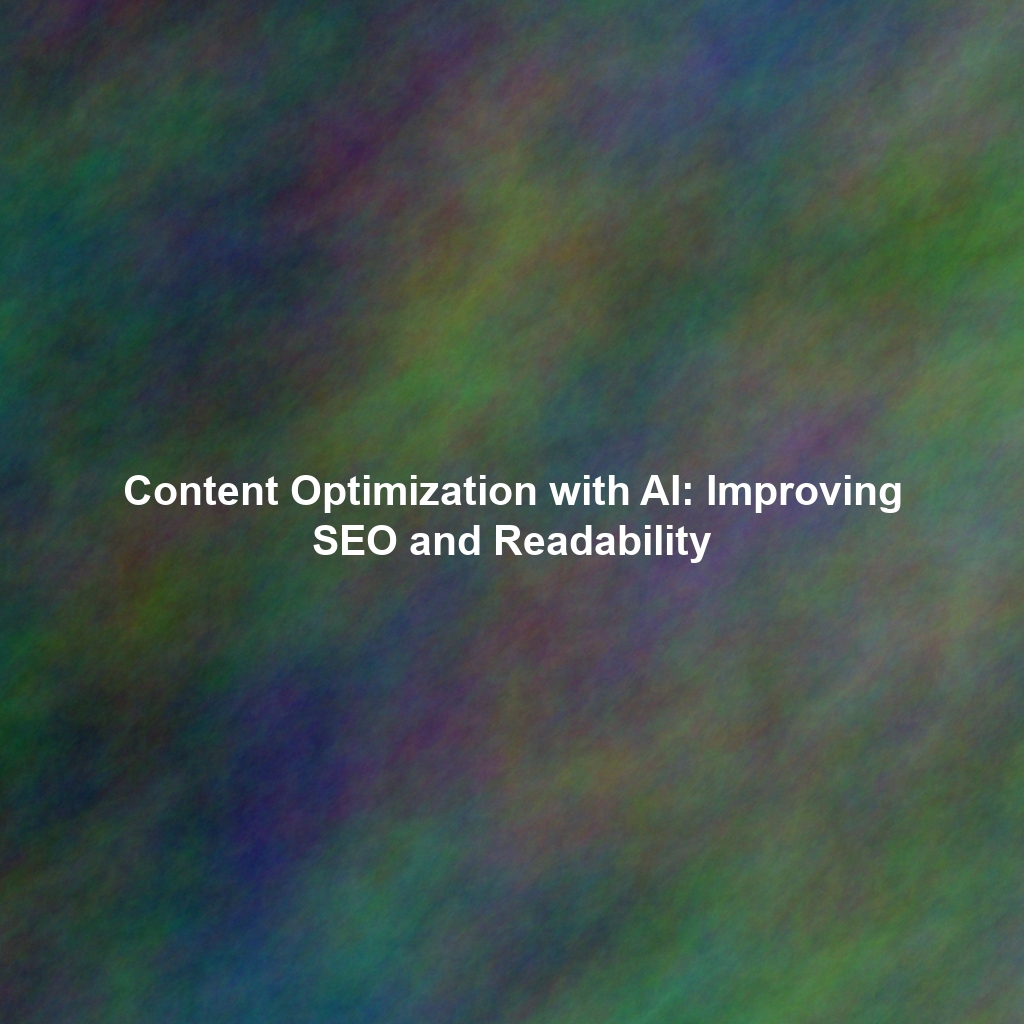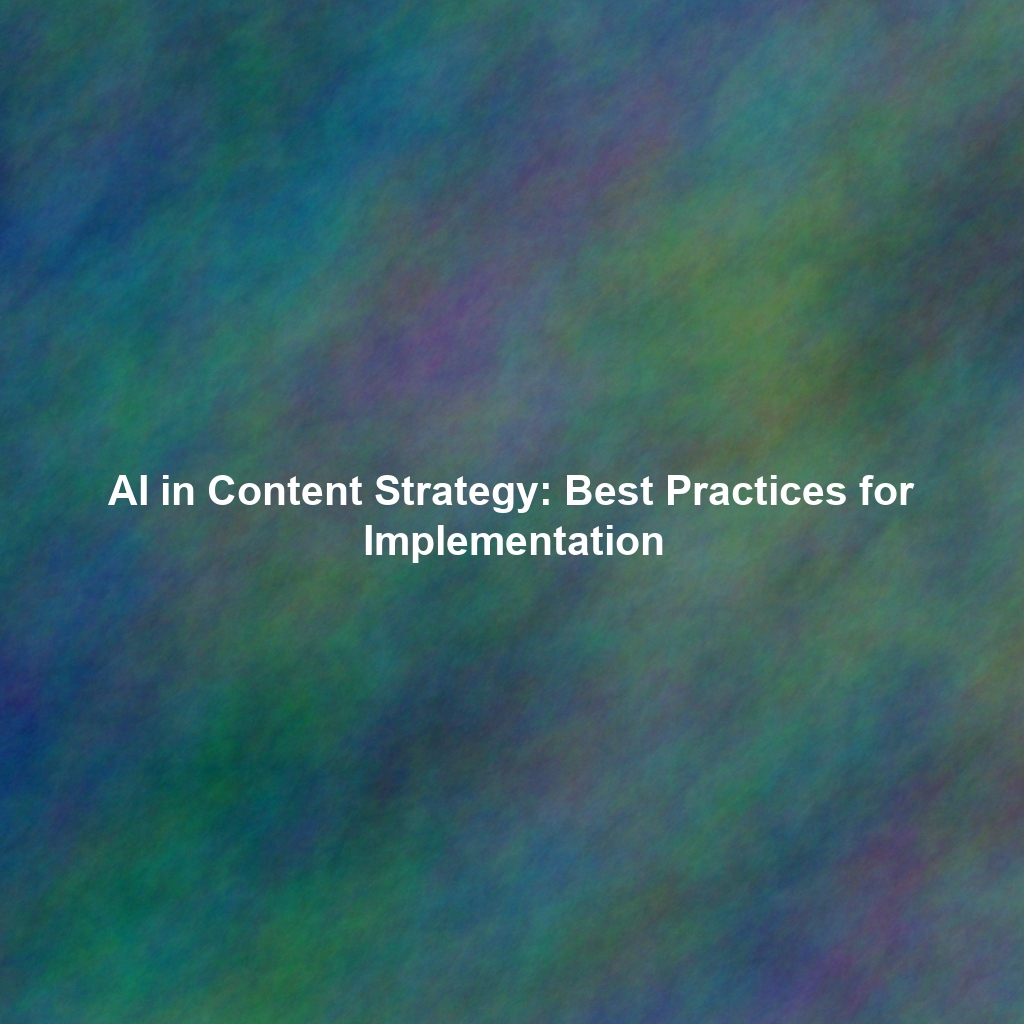In today’s competitive landscape, a unified sales and marketing strategy is no longer a luxury, but a necessity. Pardot, now known as Marketing Cloud Account Engagement, and Salesforce are powerful platforms individually, but their true potential is unlocked when they work in perfect harmony. This article serves as a comprehensive guide to successfully integrating Pardot with Salesforce, ensuring a smooth flow of data between your marketing and sales teams, leading to better business outcomes.
Why Integrate Pardot and Salesforce?
Before diving into the “how,” let’s solidify the “why.” Integrating Pardot and Salesforce offers a multitude of benefits, including:
- Improved Lead Quality: By connecting marketing efforts with sales performance, you can better identify and nurture qualified leads, passing only the most promising prospects to your sales team.
- Enhanced Sales Efficiency: Sales reps gain access to valuable insights into lead activity and engagement, enabling them to personalize their outreach and close deals faster.
- Data-Driven Decision Making: A unified view of customer data across both platforms provides a holistic understanding of the customer journey, allowing for more informed marketing and sales decisions.
- Streamlined Workflows: Automation features within Pardot and Salesforce work seamlessly together, automating tasks and freeing up valuable time for both marketing and sales teams.
- Increased Revenue: Ultimately, a successful integration translates to more qualified leads, more efficient sales processes, and, as a result, increased revenue for your organization.
Key Integration Best Practices
Achieving a seamless integration requires careful planning and execution. Here are some essential best practices to consider:
Planning and Strategy: Define Your Integration Goals
Start by clearly defining your objectives. What do you hope to achieve through the integration? Do you want to improve lead scoring, personalize email marketing, or gain a better understanding of the customer journey? Clearly defined goals will guide your integration process and ensure that you’re focusing on the right priorities.
User Synchronization: Connecting Marketing and Sales Users
Ensure that your Pardot users are properly mapped to their corresponding Salesforce user accounts. This allows for accurate data synchronization and attribution. Carefully manage user permissions in both systems to prevent unauthorized access and maintain data security.
Field Mapping: The Foundation of Data Integrity
Accurate field mapping is crucial for ensuring data consistency between Pardot and Salesforce. Map corresponding fields carefully, paying attention to data types and formats. Regularly review your field mappings to ensure they remain accurate and relevant as your business evolves. Use custom fields strategically to capture specific data points relevant to your marketing and sales processes.
Lead Assignment Rules: Getting Leads to the Right People
Configure lead assignment rules in Salesforce to automatically assign leads generated in Pardot to the appropriate sales reps. This ensures that leads are followed up on promptly and efficiently. Consider factors such as lead score, geographic location, and industry when defining your assignment rules.
Leveraging Salesforce Engage (Optional, but Powerful): Empowering Your Sales Team
Salesforce Engage, now part of Marketing Cloud Account Engagement, empowers sales reps to send personalized, trackable emails directly from Salesforce, leveraging Pardot’s marketing assets. This provides valuable insights into lead engagement and allows sales reps to tailor their follow-up based on real-time data. If your organization uses or is considering using Engage, ensure it is properly configured and integrated with both Pardot and Salesforce.
Lead Scoring and Grading: Identifying Your Best Prospects
Develop a robust lead scoring and grading model in Pardot to identify your most qualified prospects. Use scoring to track a prospect’s engagement with your marketing materials, and grading to assess their fit with your ideal customer profile. Pass this information to Salesforce so your sales team can prioritize their efforts.
Reporting and Analytics: Measuring Your Success
Create comprehensive reports and dashboards in both Pardot and Salesforce to track the performance of your marketing and sales efforts. Monitor key metrics such as lead conversion rates, sales cycle length, and revenue generated from marketing activities. Use these insights to continuously optimize your integration and improve your overall business results.
Common Integration Challenges and Solutions
Even with careful planning, you may encounter challenges during the integration process. Here are some common issues and how to address them:
- Data Synchronization Errors: Review your field mappings and integration settings to identify and resolve any discrepancies. Use the Pardot connector health dashboard to monitor the health of your integration.
- Duplicate Records: Implement data deduplication rules in both Pardot and Salesforce to prevent duplicate records from being created. Regularly review and clean up your data to maintain data quality.
- User Mapping Issues: Ensure that all Pardot users are properly mapped to their corresponding Salesforce user accounts. Check user permissions and profiles to ensure they have the necessary access.
- Slow Data Synchronization: Optimize your integration settings and data transfer schedules to improve data synchronization speed. Consider upgrading your Pardot and Salesforce subscriptions if necessary.
Maintaining Your Integration
Integrating Pardot and Salesforce is not a one-time project; it’s an ongoing process. Regularly monitor the health of your integration, review your settings, and make adjustments as needed to ensure that it continues to meet your business needs. Stay up-to-date on the latest Pardot and Salesforce features and best practices to maximize the value of your integration.
Conclusion
Successfully integrating Pardot with Salesforce is a strategic investment that can significantly improve your marketing and sales effectiveness. By following these best practices and addressing common challenges, you can create a seamless flow of data, streamline your workflows, and foster collaboration between your marketing and sales teams, ultimately driving revenue growth for your organization. Embrace the power of a unified platform and unlock the full potential of your marketing and sales efforts.
 Skip to content
Skip to content

